The Variegated Chain of hearts (Ceropegia Woodii Variegata) is an eye catching string of things plant for sure. It’s pink and green heart shaped leaves on trailing vines are easy care so cute!
This is a ‘must have plant’ for your succulent collection. Read our care guide and learn the tricks and tips for keeping your rosary vine happy.
Plants in this genus have many colorful common names. They Include bushman’s pipevine, lantern flower, necklace vine, parachute flower, and wine-glass vine.
Rosary vine is another commonly used name for C. woodii, along with chain of hearts, collar of hearts, and hearts entangled (because the stems easily enmesh).
Yes those long trailing strings do get easily caught on each other. Keep your Ceropegia Woodii Variegata out of drafty places if you want a tangle free curtain of vines. 🙂
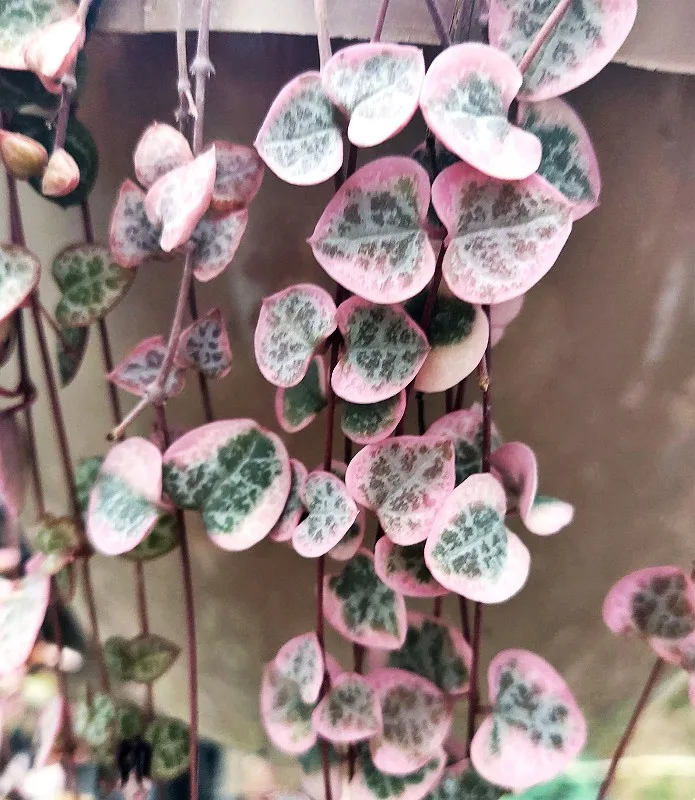
The String of Hearts is native to south Africa. It grows as a vine and can be trained in all sorts of ways. With a trellis it will grow up or you can train it to grow in a circle or let it hang down over the side of your pot.
The Contented Plant
Like other succulents the variegated string of hearts is designed to retain water for drought conditions. So you don’t have to water is much. Or very often. Keep it in a bright sunny location with some heat to suit it best.
Purchase Variegated String of Hearts on Etsy
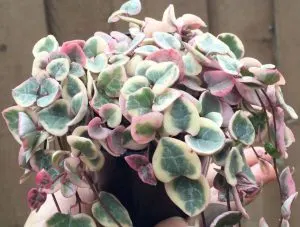
More Succulents To Love:
If you love easy care plants and the ‘string of things’ plants read our posts on the String of Turtles, Pearls and Jade Pothos , Cast Iron Plant and these pretty succulents.
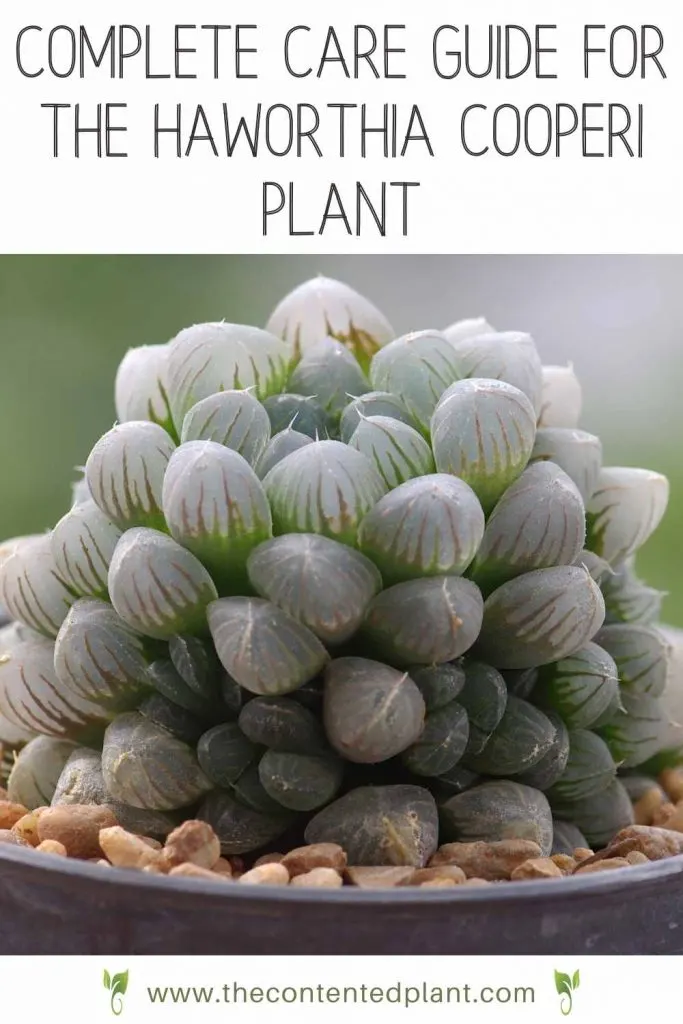
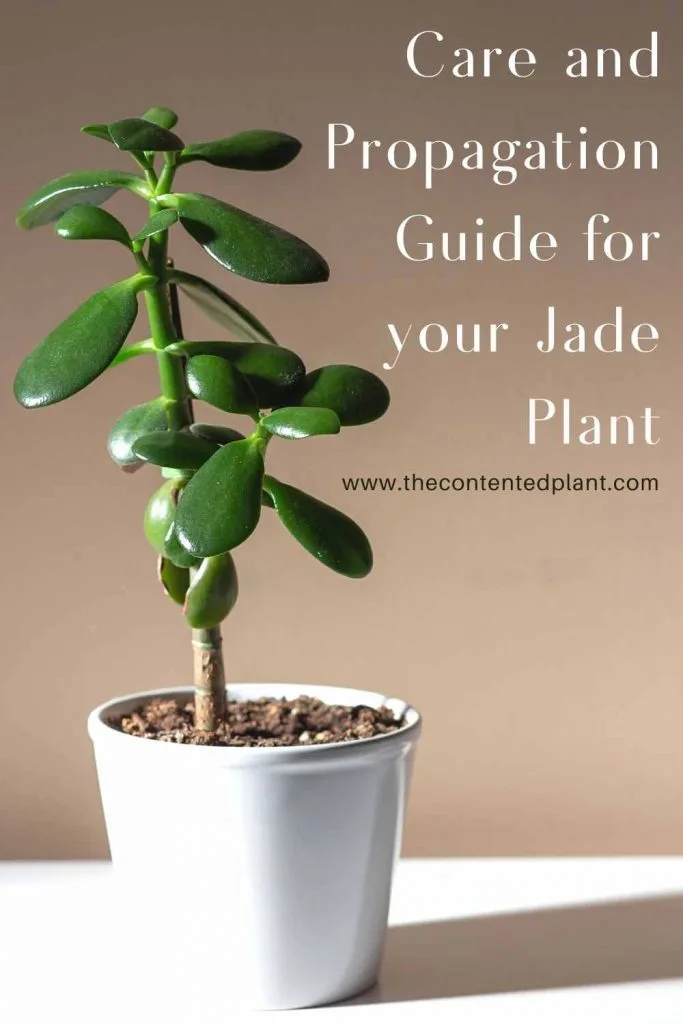
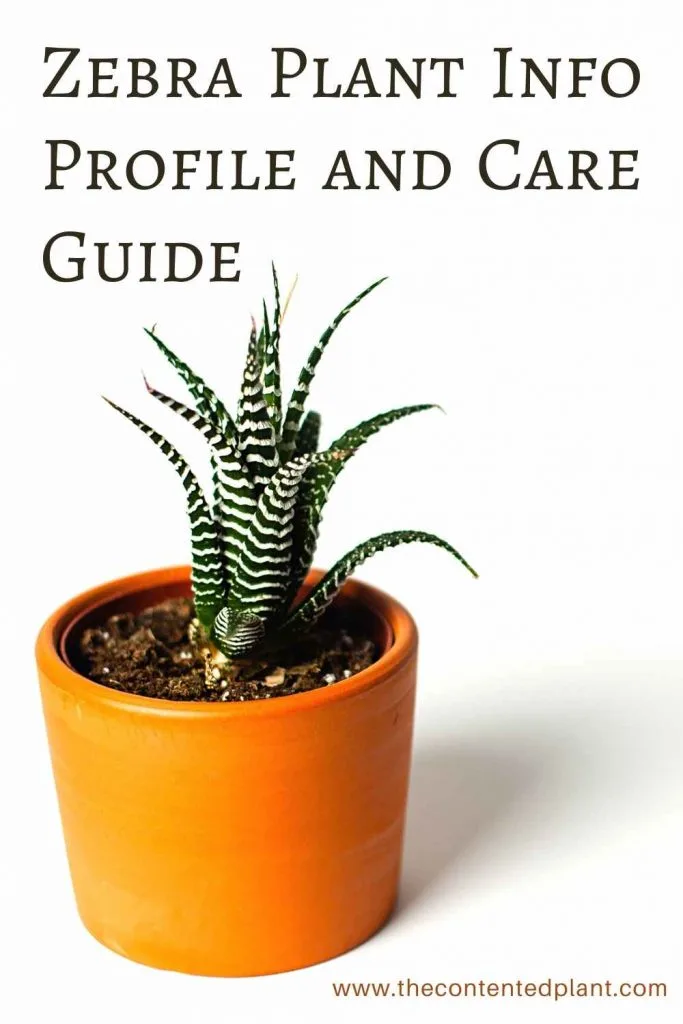
Variegated String of Hearts:
String of hearts will flower for you in summer or Fall when they are happy. The flowers will differ according to species but they all have this bulbous shape.
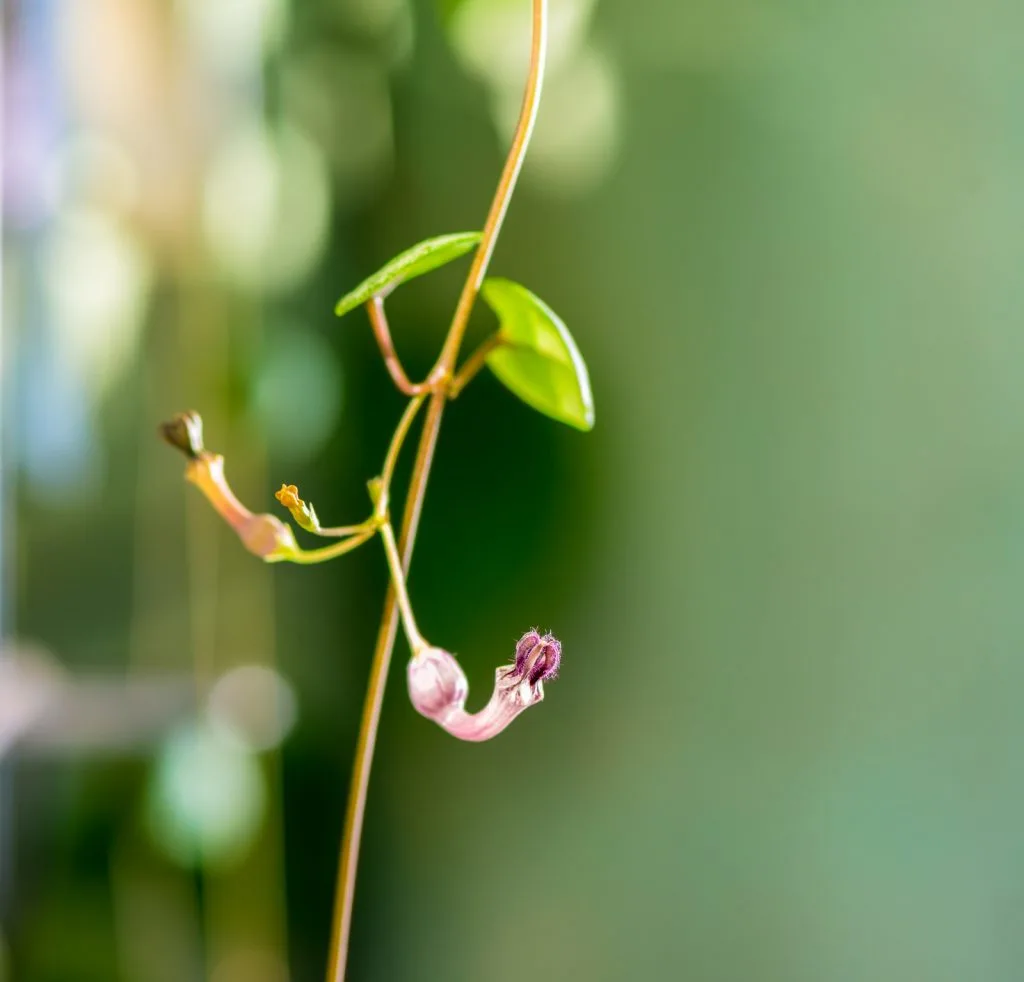
The flowers grow about an inch long. They add an extra dollop of interest to the vines when they bloom.
Our care guide below gives you all the details on how to best care for this pretty succulent vine.
Are you ready to propagate your string of things? It’s so simple to do. Just follow our guide on How to propagate String of Hearts and you will soon have lots of them.
The Contented Plant
Non Toxic Plant:
Ceropegia Woodii Variegata is non toxic to humans and pets. But beware those long, enticing, trailing vines. It’s very easy for a child or pets to pull this plant off a high shelf.
These vines are pretty tough and will probably survive if you repot them. However, you don’t want to clonk your pet or child on the head or have a messy dirt and broken pot disaster.
So keep the strings out of reach of children and pets.
Variegated String of Hearts Care Guide

Ceropegia Woodii plant is commonly known as the String of Hearts or Sweetheart vine.
This plant has heart shaped green leaves, that hang down and grow in a long vining structure. The String of Hearts is often considered a fast growing succulent plant.
Follow This Care Guide for all the colors of the Ceropegia Woodii . It will teach you how to keep this houseplant happy all through the year.
Materials
Tools
- Pot (ceramic, plastic, or terra cotta)
- Potting medium (perlite, and soil)
- Scissors
- Rubbing Alcohol
Instructions
Soil Preference:
- String of Hearts prefer well draining soil. The roots will rot quickly if they sit in moist soil.
- A mix of cactus potting mix and perlite will keep the roots happiest.
- Make sure your pot has drainage at the bottom. Do not use a pot with no drainage hole for this plant.
- A heavy soil potting mix is not recommended for String of Heart plants.
Pot Size and Type:
- The String of Hearts plant can grow in many different kinds of pots, I like to plant mine in ceramic pots with a drainage hole.
- Repot every second year or when roots come out the drainage holes on the pot bottom To the next pot size up. Don't jump to a huge pot from a small one. Just go to the next size up pot.
Lighting:
- The String of Hearts will grow best in bright indirect light.
- This plant will do best in a West or South facing window.
- Make sure the String of Hearts plant isn't sitting in constant direct sunlight, the leaves can get burnt.
Watering:
- Water your String of hearts plant when the soil is dry at least an inch down. These plants are typically drough resistant and can withstand longer periods of dryness compared to other houseplants.
- A good test to tell if it needs watering is the leaves. If the heart shaped leaves close to the base of the plant get soft and wrinkly, then the plant needs a good watering.
- Watering is best done on a regular schedule so the plant is not over or under watered. Both can cause stress on the plant.
- The recomendation for watering is every 2-3 weeks.
- In dormant winter months reduce watering to when the soil is dry.
- Never let this plant get wet feet. Overwatering causes root rot and attract fungus gnats to your plant.
How to Fertilize:
- Apply a good quality fertilizer (linked in materials) monthly through Spring and summer.
- Decrease feedings by late Fall and allow the String of Hearts plant to rest through the winter months.
Temperature:
- The String of Hearts plant will do best in temperatures between 60-85 degrees Farenheit.
- If it is warm outside during the summer, you can put this plant outside. However, take care not to let the leaves get burned from constant sun.
Pests:
- The String of Hearts plant is a hardy resilient plant. However all plants can get attacked by pests.
- Stress by longterm overwatering, poor light, extreme temperatures and soil conditions are contributors to plant stress..
- Spider mites, mealy bugs, scale, thrips and whitefly are the most common houseplant pests you will see.
- Read our post on How to get rid of aphids and other pests with our homemade pesticide soap recipe or neems oil.
- To minimize the possibility of pests be sure to check all nursery plants before bringing them home.
- Quarantine all new plants until you are sure no pests live in them.
How to Propagate:
- Cut vine off the plant using sterile scissors
- Place vine in water cut side down
- Place near a window with bright indirect light
- After several weeks roots will grow
- Plant in soil when roots are 2-3 inches long
- If you want to propagate in soil, cut off at one of the tubers hanging off the vine.
- Place tuber directly in moist soil and a new vine will grow.
Notes
The String of Hearts Plant is a beautiful addition to any plant hobbysists collection. The potential for it to grow bushy and long is very high with proper care.
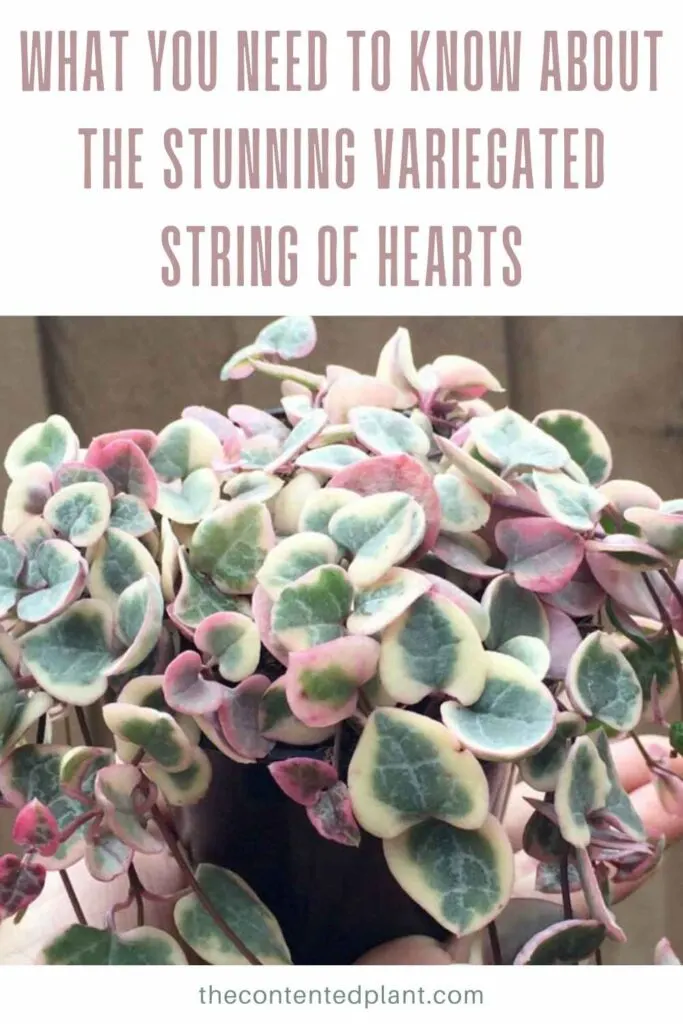
Follow Us:
Find us on YouTube, Instagram , Pinterest and TikTok! We love to Plant chat. We also comment, like and occasionally share your content to our daily stories. We’d love to see your plants. Share your joy in your houseplants. Happy Planting!

String of Turtles Plant Care Guide and Profile - The Contented Plant
Saturday 16th of July 2022
[…] The Variegated Chain of hearts […]
How to Propagate String of Hearts - The Contented Plant
Tuesday 21st of June 2022
[…] The Contented Plant […]
String of Hearts Watering Guide - The Contented Plant
Thursday 24th of February 2022
[…] Variegated String Of Hearts […]
Best Succulent Soil Mix - The Contented Plant
Wednesday 2nd of February 2022
[…] Variegated String of Hearts Vine […]
Watering Succulents-Tips for Success - The Contented Plant
Friday 7th of January 2022
[…] Variegated String of Hearts Vine […]